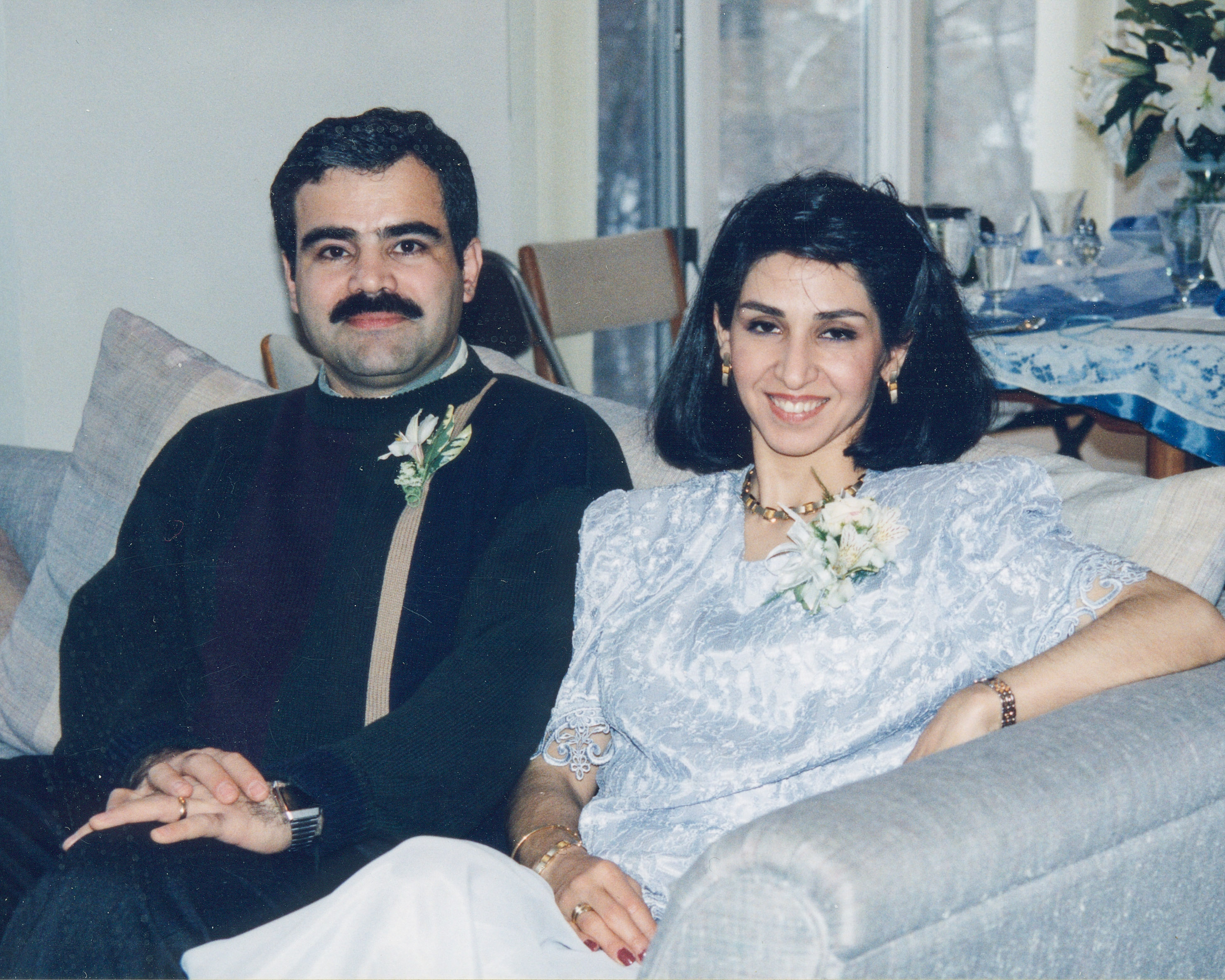
After a long and productive career, my friend and colleague Fred Nourbakhsh is retiring.
I’ve known Fred a long time. I hired him at Management Graphics in 1991 at a time when this small company was growing because it had invented an unexpectedly popular device that was having a major impact in the computer graphics field, including how Hollywood made movies.
I was impressed when I interviewed him because it was clear that he had done his homework. He somehow knew a lot about the company—its size, its products, revenues, history. MGI was a privately held company, so how had Fred learned all this when corporate reports were only sent to shareholders? This was a time long before you could go to the “About” page on a company website; there was no website—there was no web. However he did it, this depth of research is a strong skill in Fred, and it has served him well.
Fred contributed to the design and manufacturing methods of the company’s film recorders, a device that takes digital data from a computer and creates an image on photographic film. Yes, this was during the period of transition between film and digital cameras in the 1990s. The machines we made were initially used to make slides and graphics for presentation and publishing. It later enabled computer-generated special effects to be inserted into live-action motion picture film. Our company received an Academy Award for Technical Achievement for this work. Fred was instrumental in what became the flagship product for digital motion pictures- the Solitaire Cine-5.
One of the key components in a film recorder is a cathode ray tube, an archaic device from over a century ago that only a few manufacturers still make. Our supplier was a company located in the small town of Horseheads, New York. Fred and I went there on a business trip to build working relationships with their engineers and to solve quality and performance issues. While we were in the neighborhood, we also scheduled appointments in Rochester NY to meet with Kodak and RIT (Rochester Institute of Technology), the imaging centers of the world at the time.
After our meeting at the cathode ray tube factory, we chose to drive from the rural setting of Horseheads to Rochester, and it was a beautiful fall day. The route took us past local vineyards and through the wonderful colors of the deciduous forests and hills of upstate New York, including Harris Hill, famous for its wind patterns and updrafts which make it the soaring capital of the US. We stopped at both local vineyards to taste the wine and at airstrips to admire the gliders.
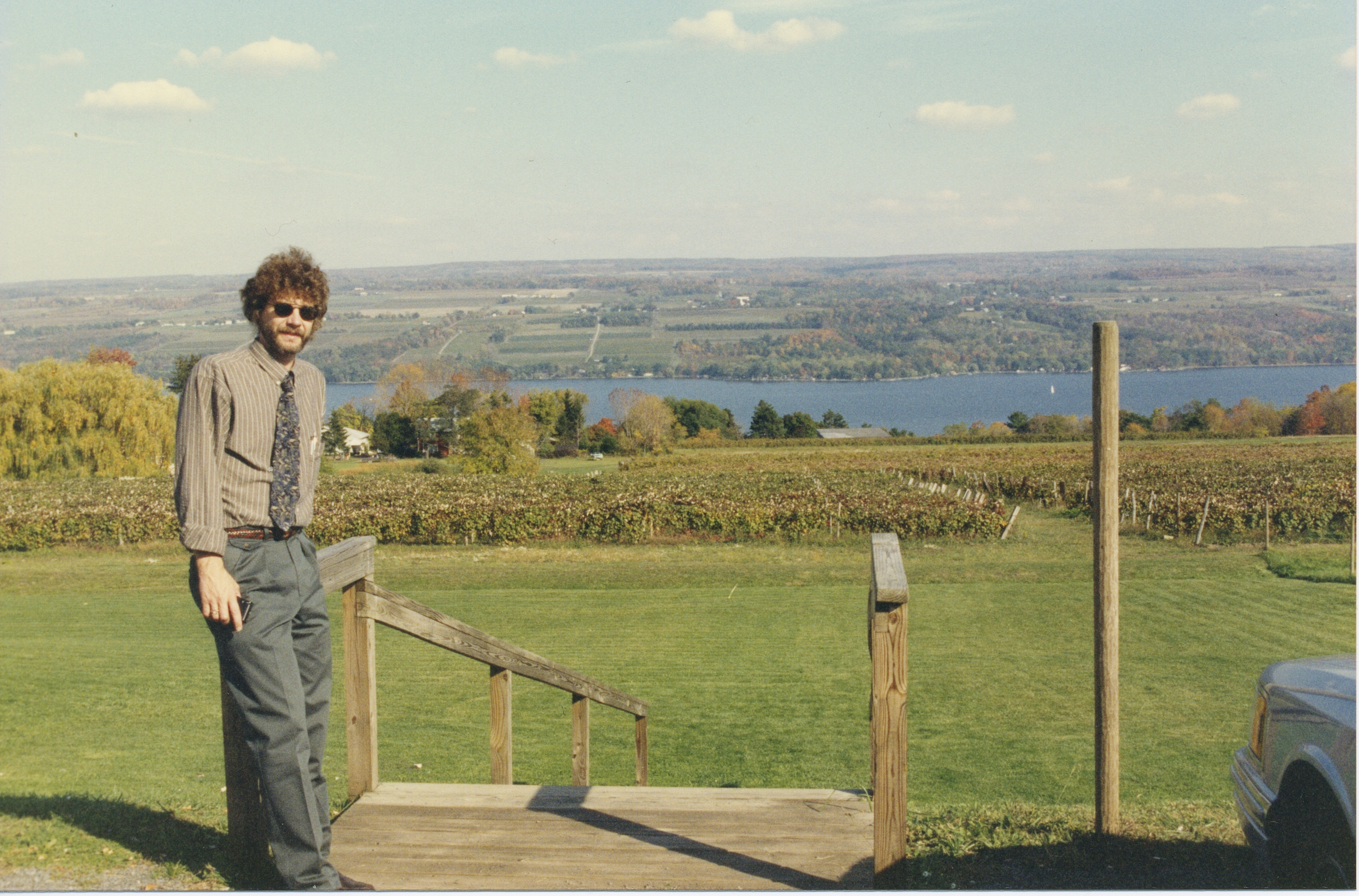
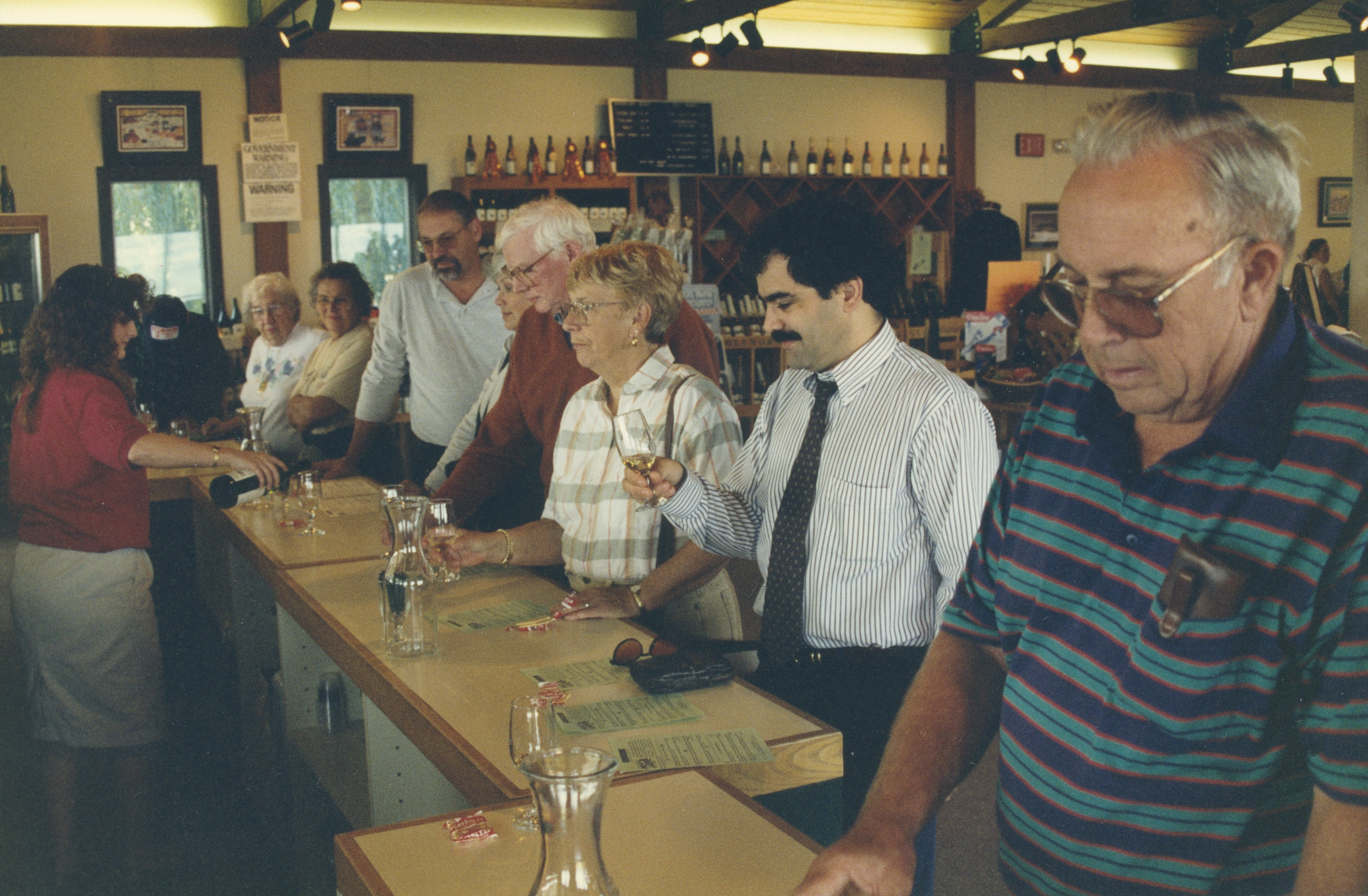
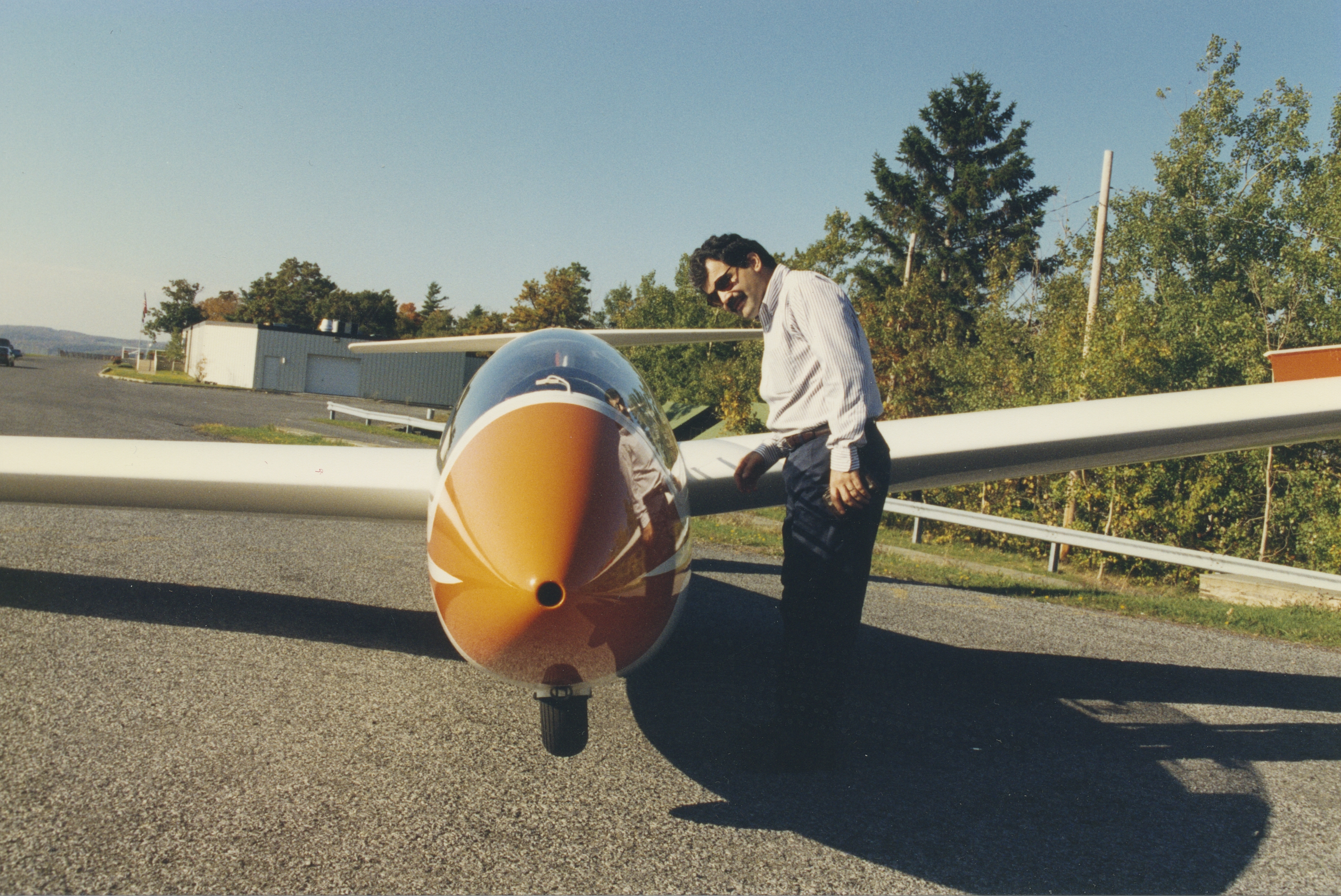
I was driving, and with Fred being the fascinating person that he is, we fell into a wide-ranging and deeply engaging discussion as we continued on our way toward Rochester. The route was simple, drive north until you reach the interstate and then head west. I’m sure the intersection was well marked—it was a major connection with an interstate highway after all, but somehow, engaged in our lively conversation, we both missed it. And we didn’t realize the mistake until we ran out of road at the shore of Lake Ontario! We suspected something was wrong when we found ourselves on a residential street that hosted homes with boat docks. Where was the interstate?
By that time it was dark, and we had to backtrack (for quite a while) to get back to the interstate. The entrance was actually well-marked; we had no trouble finding and making the turn.
“Fred”, is Americanized from Farhad. He is Iranian with close relations to his family and despite the hostile relations between our countries, he managed to travel there when he could. On one of those trips he returned with a new wife, carefully arranged for him by family members and other match-making experts. Well, it seems to have been a good choice. Fereshteh has been his beautiful and talented wife for 27 years.
We wanted to celebrate their marriage and welcome Fereshteh to her new home. So with some of our mutual friends, we hosted a small reception for them. It was at Eric and Tina Persson’s beautiful house in Minnetonka; a small gathering that included friends and relatives, including Fred’s parents, who had traveled to the U.S. Their English was limited, and Fereshteh was only beginning her crash course in it, so I recall there was a language barrier that required lots of translation on Fred’s part. But the goodwill and love was clearly present.
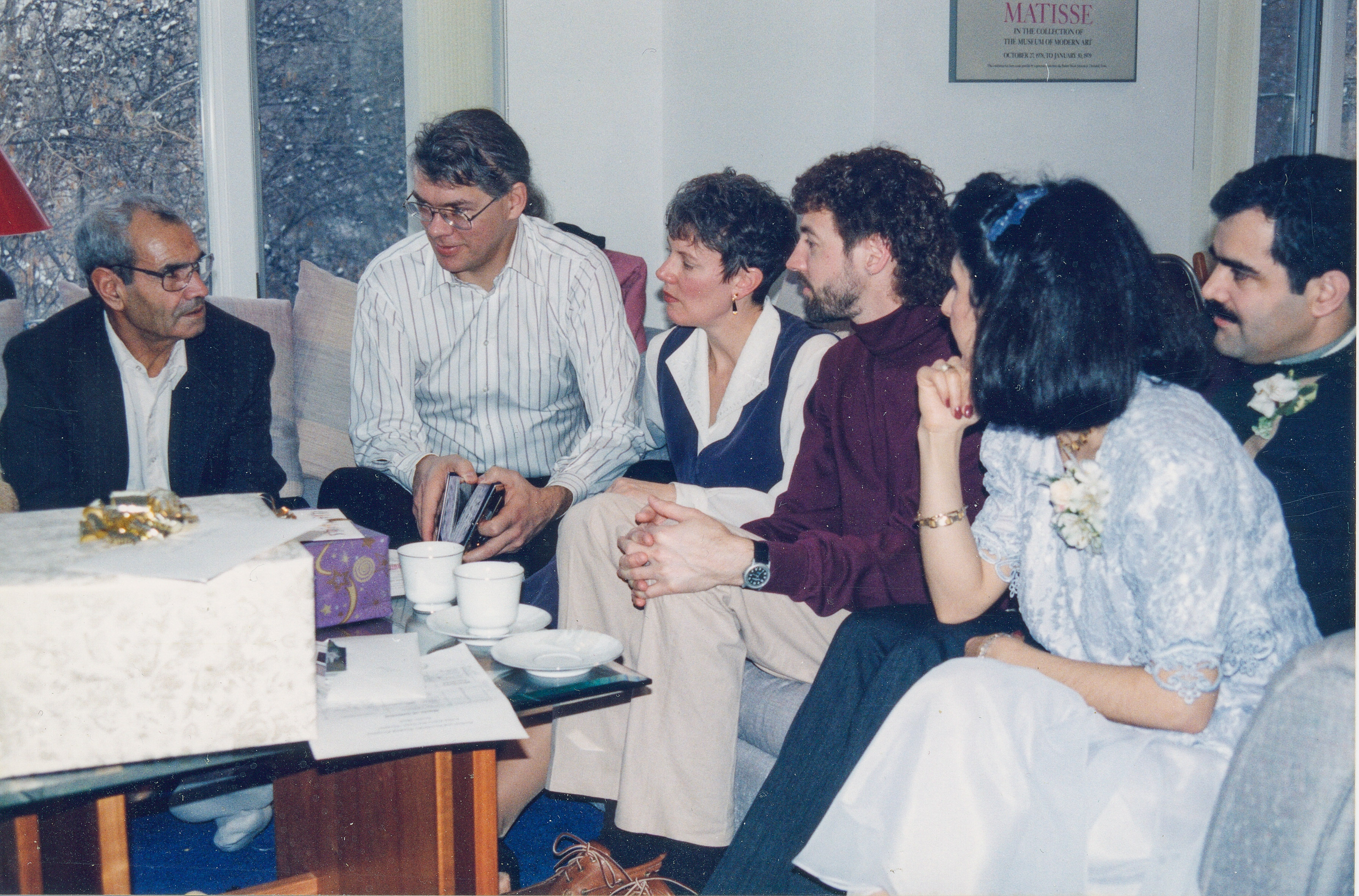
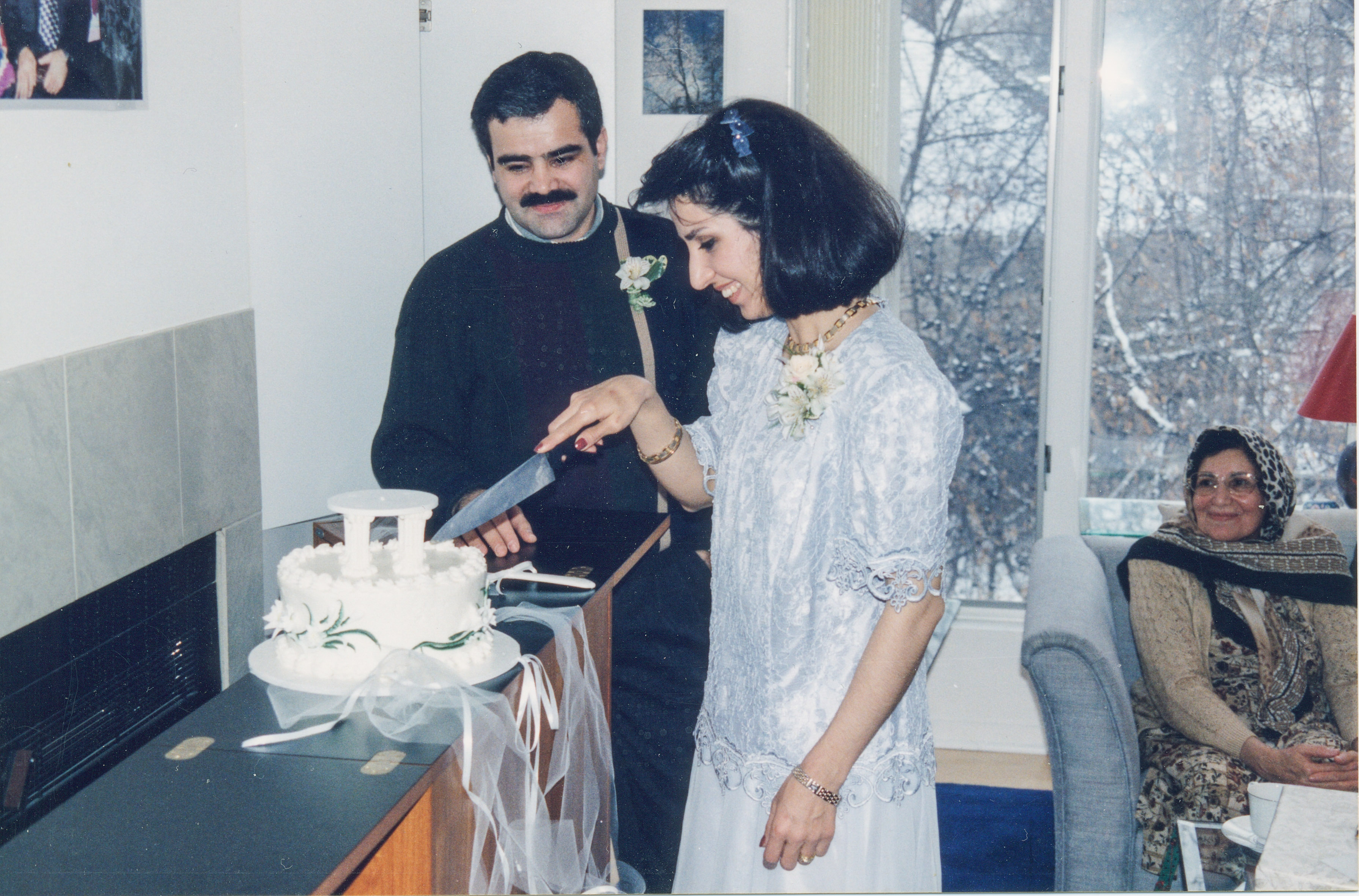
I know Fred as a talented engineer and a generous friend. He has contributed to award-winning and patent-generating inventions, being the McGyver of making quick prototypes and demonstration circuits. He is always up on the latest technologies and offers his expertise and help to his friends, who try to keep up.
He is also an example of his Iranian culture whose individuals practice what he has described as “excessive politeness” (there is a Farsi word for this, “taarof”). It is sometimes depicted by arguments over who gets to pay the check, but it is intended to express consideration and respect for the people you are with. I have encountered this generosity and respect in all the Iranians I have met. It is a mystery to me how our nations can be in conflict when their citizens compete for being the most polite.
With Fred it is more than just being polite; it is manifested by being quick to help and support others, by thoughtful and meaningful gifts over the years (I still enjoy the playlist he created for me at my 40th birthday), and by his considerate attention to the details in the lives of his friends.
I expect that in retirement, Fred will maintain his masterful knowledge of new technology and will continue to be creative and curious and inventive. I’m looking forward to seeing whatever new projects and adventures he takes on. He is an inspiration and example to me. I am fortunate and proud to have him as a friend.
Thor Olson
June 2024


Nice story! Sorry I missed the party.
<
div dir=”ltr”><p class=”MsoNormal” style=”margin: 0
A lovely tribute to your talented friend :)) Dawn